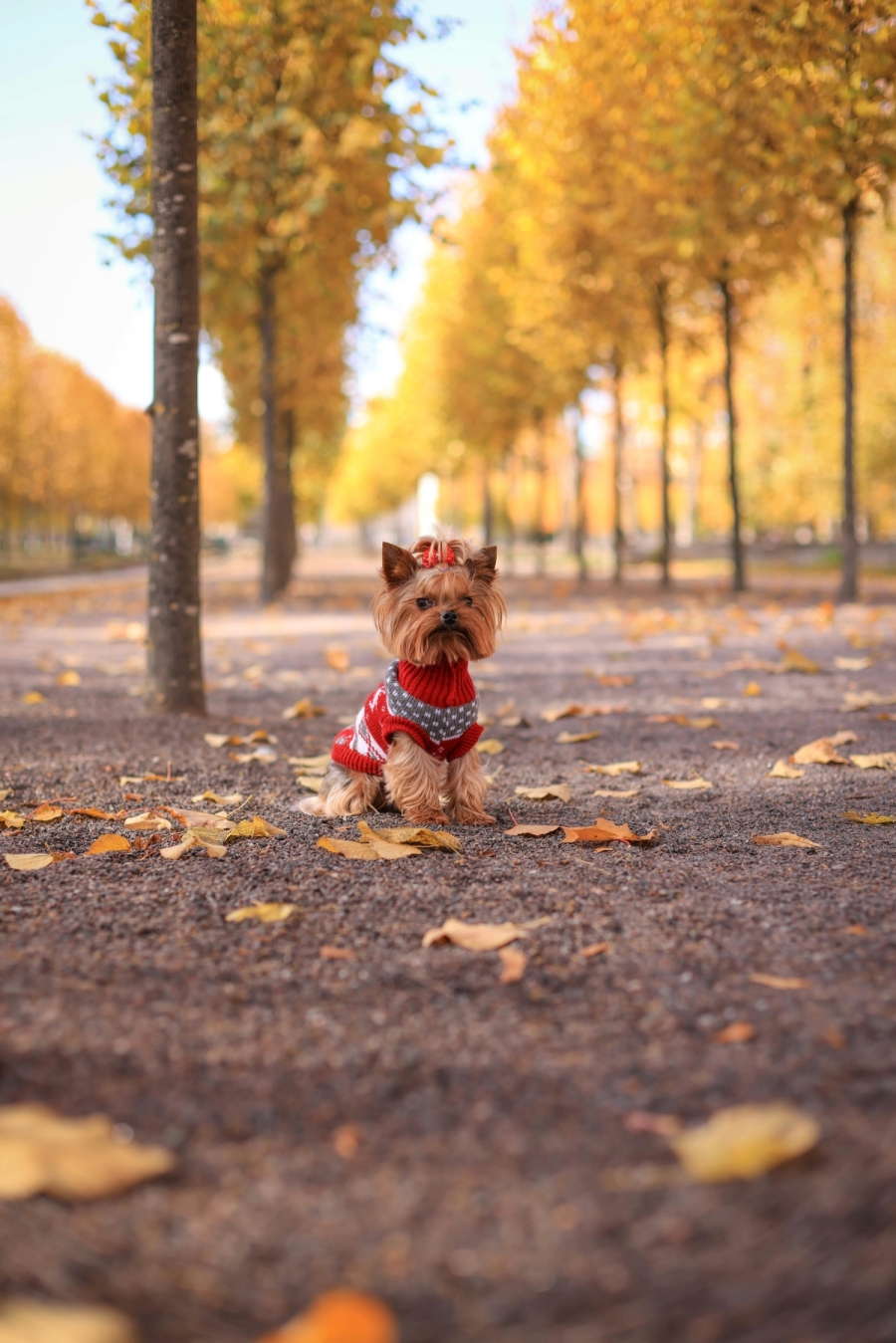This might sound strange to a lot of you, but the truth is that dogs also need an extra layer of protection when going out in winter. This is an effective way to help your furry friend stay warm during winter. And even though not all pups need one, a great number of them do need to wear a protective layer in the form of a sweater. Usually, senior dogs, small dogs and those with short fur can benefit a lot from wearing a dog fleece sweater. This will protect them from frostbite and hypothermia.
Some dogs with thicker coats like malamutes, huskies, Saint Bernards and Newfoundlands can handle cold weather pretty well. It’s said that these dogs are adapted to colder temperatures, so a sweater can only make them overheat. But aside from the coat, it’s the dog’s size that also determines whether a dog needs an extra layer of protection or not. That being said, it’s pretty obvious that dogs like Chihuahuas, dachshunds and some other smaller breeds are in need of extra protection. This will help them retain body heat which otherwise, they aren’t in the position to do it on their own.
How to Choose One?

Material
While there are some other materials available on the market, it seems that dog fleece sweater offers the highest level of protection even in extreme winter weather conditions. Fleece is a durable, breathable, soft and warm material that will keep your dog comfy and warm all the time. It’s versatile and can be used both indoors and outdoors. Fleece sweaters for dogs are non-absorbing and quick drying which is another reason why so many dog owners love them. When in need of something water-resistant and waterproof, you can always choose one with a waterproof nylon shell that will keep your dog warm and dry even under humid weather conditions. When in need of something designed for rainy conditions, make sure to choose one that also has a waterproof neck and head part in order to keep your little pup well-protected.
Size
Another thing to have in mind when choosing the right one for your dog is to consider its size. You certainly don’t want to buy too small or too loose sweater which is why you should take into account your dog’s weight. You should also measure its chest grit, neck grit and back length, so once you know that you can choose the right size. Once you know the measurements, make sure to compare them with the seller’s sizing guide. A too-tight coat can restrict its breathing and movement, making it even more challenging for it to regulate its body temperature, just like in humans. On the other hand, a too-loose coating can easily slip from its body, or will even drag to the ground which poses danger of slipping and falling. That is why you should consider choosing the right fit.
When searching for the right model, make sure to choose one without any additional pieces like zippers, pull ties and strings because they can pose a choking hazard. Or, at least they shouldn’t be anywhere near its mouth. When walking, you should pay close attention to your dog because all of these coating and protective layers can easily get stacked on branches and crates and can easily trap your furry friend.
Style and Colour
Nowadays, you can choose from a large selection ranging in colour, design and style which gives you the freedom to compare and find the right one for your dog.
Signs of Overheating
When your dog is wearing the protective layer of coating and it starts to pant, stick out its tongue or has some hard time breathing, this means that it could be overheating. Other warning signs could also be when your dog starts to walk like disoriented, when having red ears and when biting the sweater off. Loss of consciousness, fast heart rate, weakness and even vomiting and diarrhoea can be signs of overheating, so if you have noticed something of this, just take it off and see how your dog will react.
When to Put a Sweater on Dogs?

Even though each dog is different and can tolerate cold differently, the general rule says that once the temperatures drop below 4 Celsius degrees, you can put on its protective coat. Once again, you should monitor your dog and see whether it needs one or not. When going on short walks and the temperatures aren’t that low, wearing a protective layer is unnecessary.
An important thing to take into account is to consider your dog’s behaviour. Sometimes, even if it needs a sweater, your little pup might not tolerate it. That is why you should supervise it carefully when putting on its new warm and fashionable clothing pieces.
